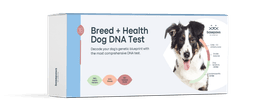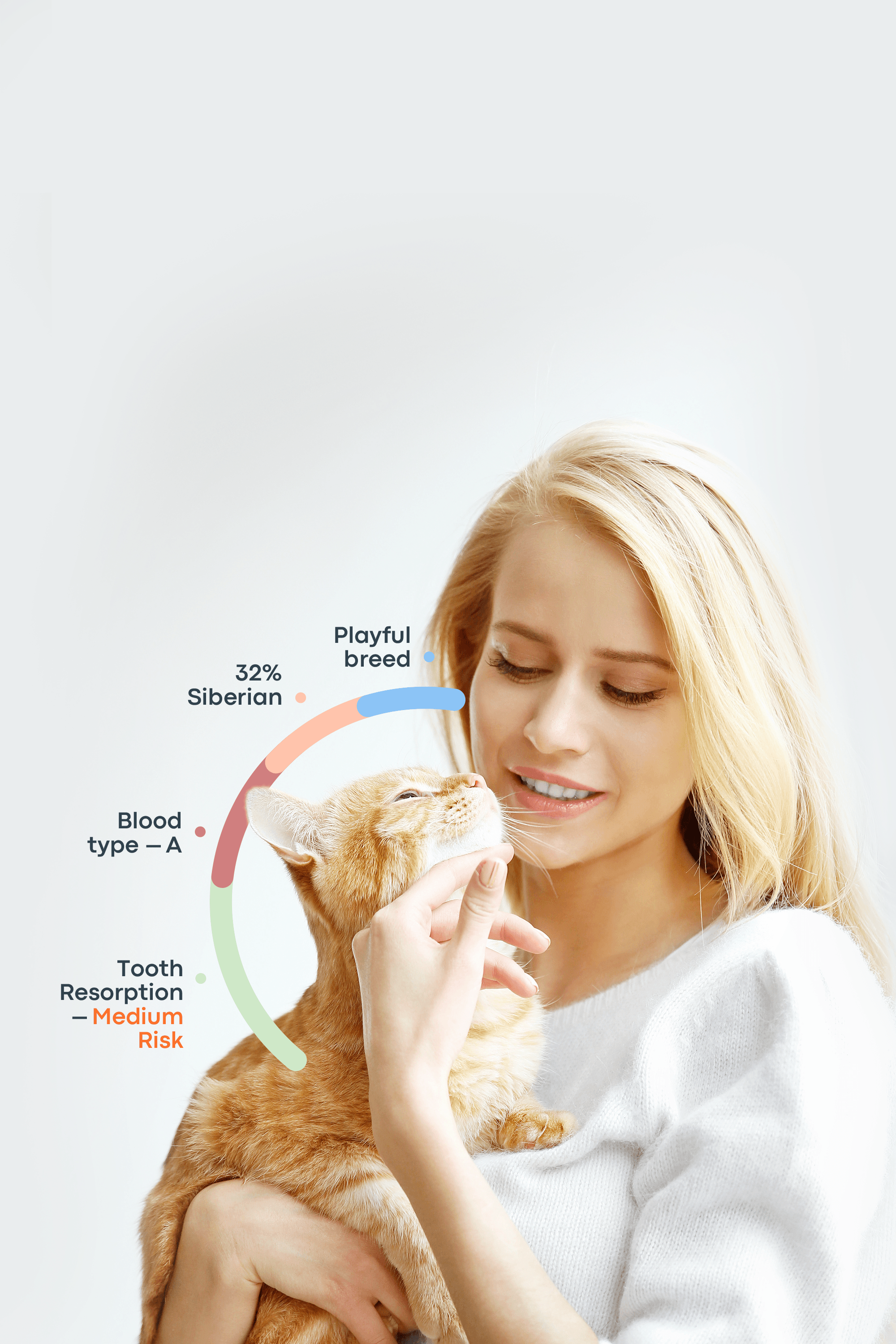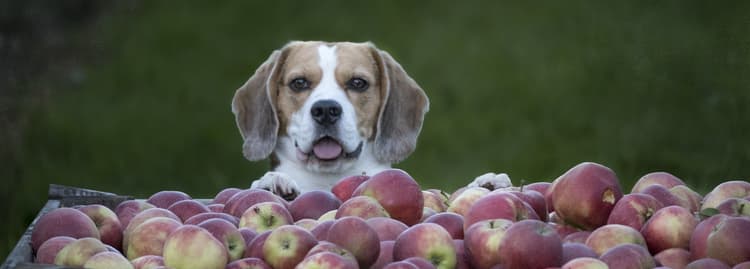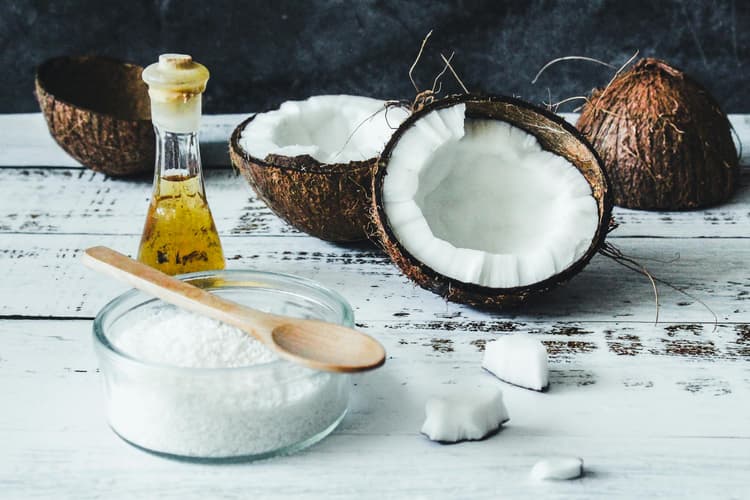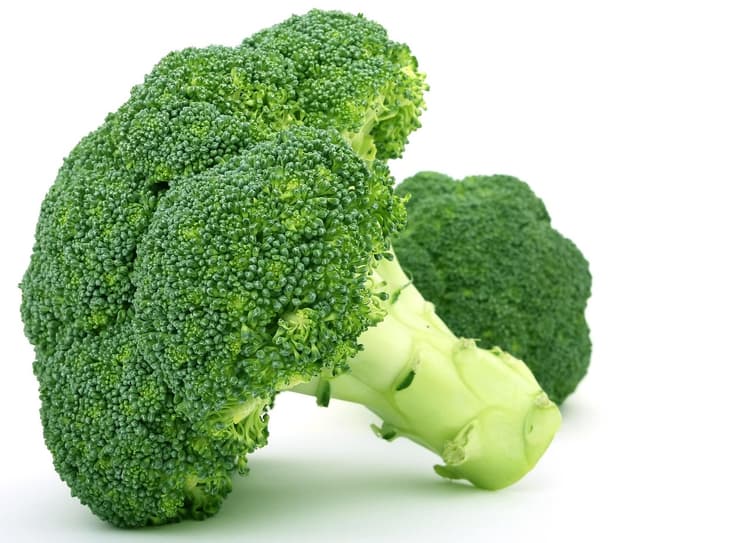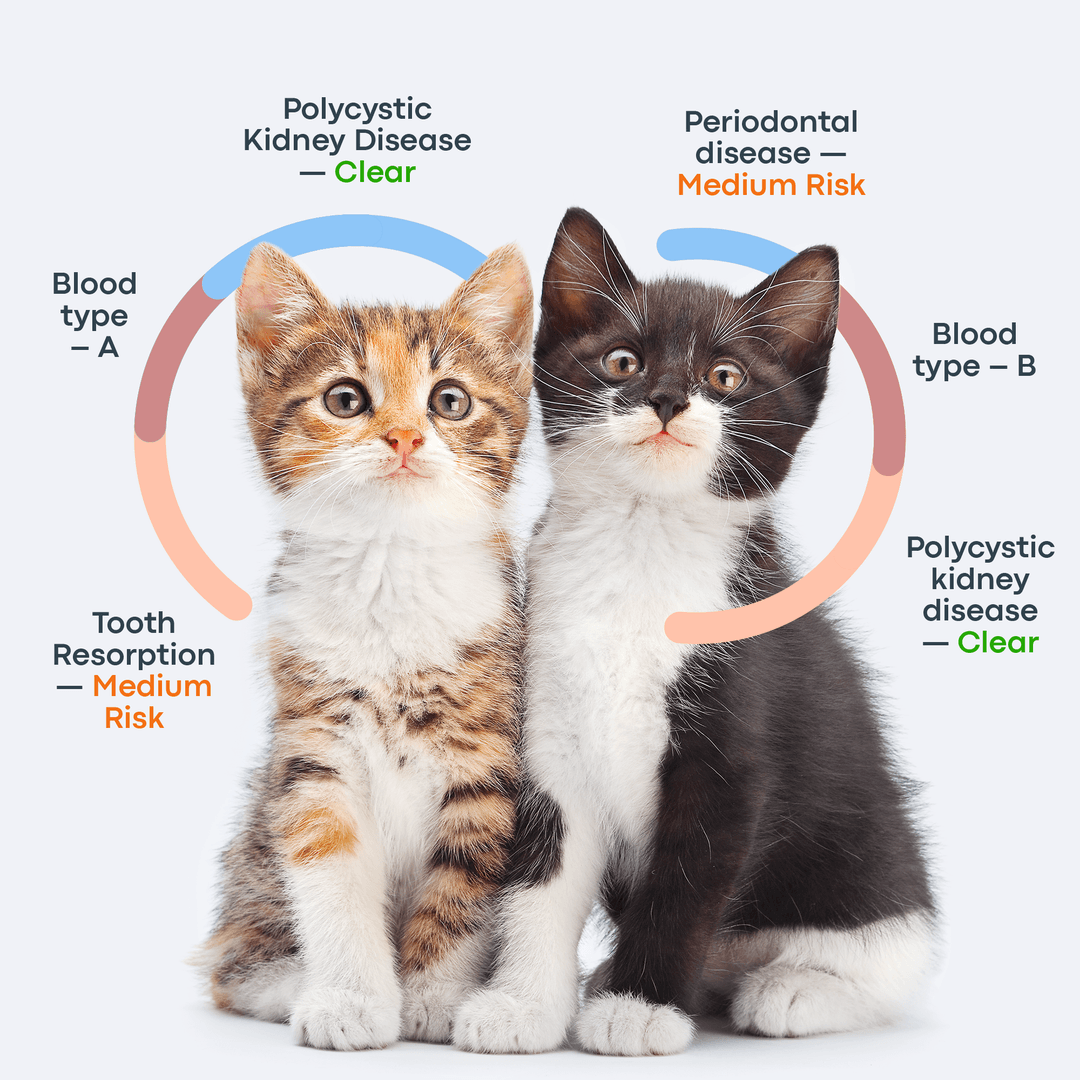What vegetables can dogs eat? Every dog owner wants their furry friend to be healthy and happy. While humans are often encouraged to eat plenty of vegetables, does the same apply to dogs? Vegetables can be a tasty and nutritious addition to your dog’s diet—but it depends on which vegetables you choose and how much you give. This guide will walk you through which vegetables are safe and beneficial for dogs, which ones to avoid, and best practices for adding veggies to your pup’s meals.
What Vegetables Can Dogs Eat?
When looking at what vegetables are good for dogs, it’s best to keep it simple. From carrots to green beans or peas, there are many healthy veggies for dogs.
Can Dogs Eat Mixed Vegetables or Frozen Veggies?
Are frozen veggies good for dogs? Generally, yes. Frozen vegetables can be a convenient and nutritious option for dogs—just be sure to check the ingredient list. Avoid any packs that contain potentially toxic items like onions or garlic. Plain, frozen vegetables without added sauces or seasonings are generally safe. For canned veggies, look out for added salt or preservatives, which are best avoided.
Can Dogs Eat Boiled Potatoes and Carrots?
Yes, boiled potatoes and carrots can be good vegetables for dogs, but that comes with a few things to consider. First, they should only have boiled potatoes and carrots with no additions. As tempting as it is to give your dog something from your plate, if it is loaded with oil or salt, this is not a good idea. Vegetables cooked in butter may also be problematic, as most dogs are lactose intolerant. If you want to give your dog potatoes, consider sweet potatoes, as they may be more nutritious than white potatoes.
Are Vegetables Good for Dogs?
Vegetables can offer some fantastic nutrients for dogs! They are an excellent source of fiber, antioxidants, and hydration—all packed into a low-calorie snack. This makes veggies a great way to sneak extra nutrients into your dog’s diet, especially if you find a vegetable they really enjoy. However, it’s important to remember that vegetables should only supplement a balanced diet, not replace it.
Can Dogs Eat Vegetables Every Day?
Vegetables can be given to dogs daily but should always be offered in moderation. They make great low-calorie treats or tasty food toppers. In some cases, including vegetables daily might even benefit dogs with certain medical conditions—but it’s best to consult your veterinarian before making this a routine part of your dog’s diet.
Can Puppies Eat Vegetables?
Yes, puppies can eat vegetables too! But because their digestive systems are still developing, it’s important to introduce new foods slowly. High-fiber foods like vegetables can sometimes upset a puppy’s delicate stomach if given too quickly or in large amounts, so take it slow and monitor how they respond.
15 Best Vegetables for Dogs to Eat
Here are some of the top vegetables that are safe and beneficial for dogs, along with tips on how to prepare them properly.
1. Carrots

Carrots are a fantastic low-calorie treat packed with fiber and beta-carotene, which the body converts to vitamin A. Be sure to wash them thoroughly to remove any dirt, and consider slicing or chopping them into manageable pieces for your dog.
2. Green Beans

Plain green beans are safe for dogs and can be a great low-calorie, high-fiber snack—perfect for dogs needing to manage their weight. To serve, simply trim the ends and chop the beans into bite-sized pieces. Steamed or boiled green beans are also easy to digest and gentle on the stomach.
3. Peas

Snow peas, snap peas, and green peas are packed with vitamins and provide a surprising amount of protein. To serve safely, boil or steam them in plain water without any seasoning or additives. Avoid canned peas that may contain salt or preservatives. Peas make a nutritious and tasty addition to your dog’s diet in moderation.
4. Celery

Celery is excellent for freshening your dog’s breath thanks to its crunchy texture, which works like a natural toothbrush. It’s also rich in vitamins A, C, and K. Before serving, wash thoroughly and chop into bite-sized pieces. Be sure to remove any tough strings from the skin to make it easier and safer for your dog to chew.
5. Broccoli

Broccoli’s vibrant green color signals it’s packed with antioxidants that can benefit your dog’s health. However, it should be given in moderation since too much can cause gas or digestive upset. The best way to prepare broccoli for your dog is to steam or boil it until tender, then cut it into small, bite-sized pieces for easy eating.
6. Cauliflower

Raw cauliflower can be tough for dogs to digest, but when steamed or boiled, it becomes a healthy, low-calorie option that many dogs enjoy. It makes a great meal topper or occasional treat. Just be sure to cook it until tender and serve in small, manageable pieces.
7. Spinach

Spinach is rich in fiber and iron, making it a nutritious addition to your dog’s diet when given in moderation. Its high fiber content may cause stomach upset if fed in large amounts, and the oxalic acid it contains can interfere with calcium absorption. Always wash spinach thoroughly and serve it steamed or blanched to make it easier to digest.
8. Kale

Kale is considered a superfood for humans, and it offers benefits for dogs too, packed with calcium, iron, and vitamin K. Before serving, make sure to wash it thoroughly and remove the tough stems to make it easier for your dog to chew and digest. Serve it steamed or finely chopped in small amounts to avoid any digestive upset.
9. Cabbage

Cabbage is a fiber-rich vegetable that supports digestion and boosts immune function due to its vitamins, minerals, and antioxidants. To keep it safe and easy for your dog to eat, steam or boil the cabbage before serving. This also helps reduce the risk of choking and makes it gentler on your dog’s stomach. Serve in small, manageable pieces.
10. Zucchini

Zucchini is gentle on your dog’s digestive system and offers excellent hydration thanks to its high water content. To prepare, wash it thoroughly, remove the stems and seeds, then chop it into bite-sized pieces. Zucchini can be served raw, steamed, boiled, or roasted—choose the method that works best for your dog’s preferences and digestion.
11. Pumpkin

Pumpkin is excellent for dogs experiencing digestive issues or loose stools, thanks to its high fiber and moisture content. To prepare, bake or boil the pumpkin until it’s soft, then remove the skin and seeds. Mash or puree the flesh before serving to make it easy for your dog to digest.
12. Sweet Potatoes

Sweet potatoes are rich in fiber, vitamins, and antioxidants, making them a nutritious choice for dogs. Always serve them cooked—either steamed, baked, or boiled—and make sure to peel them beforehand to remove the skin, which can be tough to digest. Cut into small, manageable pieces for easy eating.
13. Beets

Beets are packed with nutrients like fiber, vitamins, and minerals, and can support your dog’s digestion when cooked. If serving raw, grate them finely or cut into very small pieces to make them easier to chew and digest. To prepare, you can bake, roast, or boil the beets until tender before serving.
14. Cucumber

Cucumbers are wonderfully crisp and made up of about 96% water, making them excellent for keeping your dog hydrated. They’re also low in calories and high in fiber, making them a great snack option for overweight dogs. To prepare, thoroughly wash the cucumber, remove the seeds if your dog has trouble digesting them, and cut the cucumber into bite-sized pieces for easy eating.
15. Bell Peppers

Bell peppers offer a naturally sweet and crunchy treat for dogs, packed with vitamin C and antioxidants that support immune health. Before serving, wash the peppers thoroughly, remove the seeds and stems, and chop them into bite-sized pieces. You can also puree bell peppers to mix into your dog’s food for an easy nutritional boost.
Vegetables That Should Be Avoided
While many vegetables are healthy for humans, some can be harmful or even deadly for dogs. Here are key vegetables you should never feed your dog:
Onions, Garlic, Leeks, and Chives
These all belong to the onion family and are toxic to dogs. Even small amounts—whether raw, cooked, or in powdered form—can cause serious health issues like gastric distress, breathing difficulties, lethargy, and pale gums. If your dog consumes any of these, seek emergency veterinary care immediately.
Mushrooms and Other Toxic Varieties
Store-bought mushrooms, when cooked and given in tiny amounts, might be safe but provide little nutritional value. Raw mushrooms can cause stomach upset. However, wild mushrooms are extremely dangerous and can lead to liver or kidney failure, neurological damage, or death. Avoid mushrooms altogether unless your vet specifically approves feeding a safe variety.
How to Serve Vegetables to Dogs Safely
Below is a list of ways to prepare the veggies your dog will eat safely.
Preparation and Serving Tips for Vegetables
When making vegetables good for dogs, most vegetables need to be soft and small so that your dog can eat them. There are some exceptions, but if in doubt, boil or steam them and cut them into bite-sized chunks. Here are some key tips for preparing and serving vegetables to ensure they’re safe and enjoyable for your dog:
Wash Thoroughly to Remove Dirt and Pesticides
Always wash vegetables well to eliminate pesticides, dirt, and bacteria. While dogs can handle some dirt from outdoor sniffing or grazing, pesticides and soil-borne bacteria can cause illness. Clean veggies reduce these risks.
Chop or Slice into Bite-Sized Pieces to Prevent Choking
Cut vegetables into small, manageable pieces to avoid choking hazards. If your dog does choke, only try to remove the object if your dog allows it; otherwise, perform the Heimlich maneuver and seek emergency veterinary care immediately.
Steam or Boil (Without Salt or Oils) to Soften Tough Veggies
For vegetables that are hard, like potatoes or carrots, steaming or boiling softens them, making digestion easier and preventing digestive upset. Avoid adding salt, oils, or seasoning, as these can harm your dog or contribute to health problems like obesity and high blood pressure.
Avoid Microwaving with Plastic or Using Spices
Microwaving can be a quick cooking method, but never microwave vegetables in plastic containers or wrap, as melting plastic releases toxins harmful to dogs and humans.
Use Silicone Molds to Freeze Pureed Veggies for Treats
Silicone molds are food-safe and great for freezing pureed vegetables into small treats. This lets you batch-prepare snacks and store them conveniently.
Introduce New Vegetables Slowly and Monitor for Digestive Reactions
No matter your dog’s age, introduce new veggies gradually. Watch for any signs of digestive upset, like diarrhea, vomiting, or changes in appetite, and consult your vet if you notice any issues.
Following these simple steps will help ensure that vegetables are a safe, healthy addition to your dog’s diet.
Serving Sizes and Frequency by Dog Size
Here’s a general guide to vegetable portion sizes based on your dog’s size. Remember, every dog is unique, so adjust portions accordingly and consult your veterinarian if you’re unsure.
Dog Size | Dog Weight | Portion Size (per day) | Notes |
Small Breeds | Under 20 lbs or 9 kg. | 1-2 teaspoons. | Start with very small amounts. Avoid hard/raw chunks to reduce choking risk. |
Medium breeds | 20-50 lbs or 9-23 kg. | 1-2 tablespoons | Can tolerate slightly harder vegetables, but steam for easier digestion. |
Large breeds | Over 50 lbs or 23 kg. | 2-4 tablespoons | Can handle a variety of textures. Mix with meals or serve as treats. |
Signs Your Dog Isn’t Tolerating a Vegetable
If your dog shows any of the following symptoms, it may be a sign the vegetable doesn’t agree with them. Stop feeding it immediately, and if the symptoms continue, contact your veterinarian:
Gas
Diarrhea
Vomiting
Disinterest in food
Conclusion
What vegetables can dogs eat? Plenty — but not all. Vegetables can be a nutritious, low-calorie addition to your dog’s diet when served properly and in moderation. They’re packed with fiber, vitamins, and antioxidants, but too much can lead to digestive issues. Monitor how your dog reacts, adjust portions as needed, and always avoid the vegetables that are known to be toxic. With the right balance, vegetables can help keep your dog happy, healthy, and thriving.
Frequently Asked Questions
What vegetables are good for dogs with sensitive stomachs?
Carrots, green beans, and sweet potatoes are typically gentle on a dog’s digestive system. Pumpkin is also excellent for soothing upset stomachs and regulating digestion.
Can dogs be fed a vegetarian diet?
Yes, but it requires careful planning to ensure your dog gets all the essential nutrients. Not all dogs respond well to a vegetarian diet, so consult your veterinarian before making any major dietary changes.
What greens can dogs eat?
Dogs can safely eat spinach, kale, broccoli, green beans, and peas. Always check appropriate serving sizes and cooking methods before adding new greens to their meals.
Is it harmful to give a dog excessive amounts of vegetables?
Yes, too many vegetables—especially those high in fiber—can lead to digestive upset, including gas, diarrhea, or vomiting. Moderation is key.

